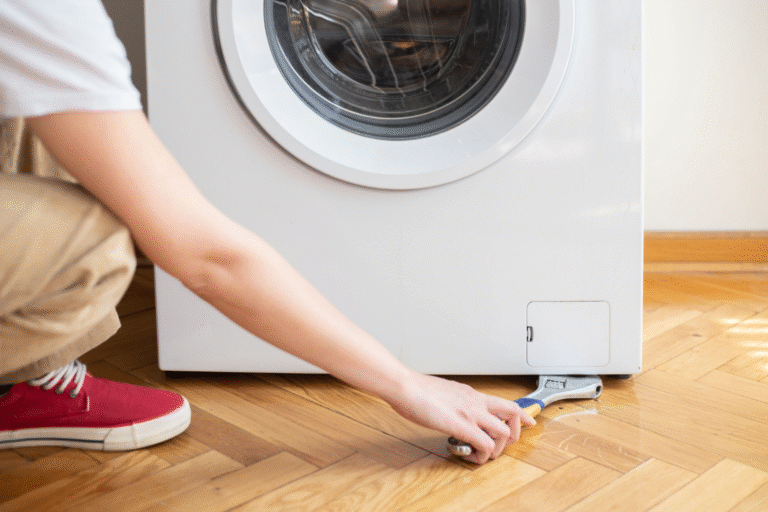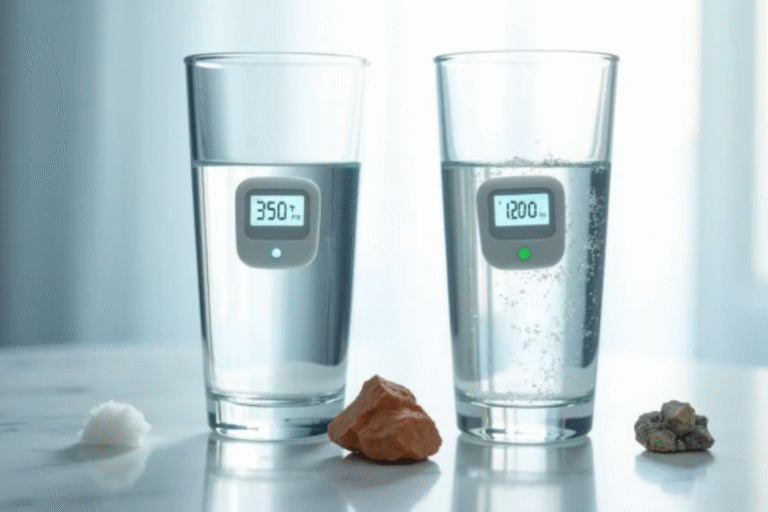1. What are the first steps to creating a sustainable lifestyle at home?
- Start by reducing waste, conserving energy, and minimizing your carbon footprint. Focus on practices like recycling, reducing single-use plastics, switching to energy-efficient appliances, and making mindful purchases.
2. How can I reduce waste in my home?
- Focus on the three Rs: Reduce, Reuse, and Recycle. Cut down on unnecessary purchases, reuse containers, and donate or repurpose items you no longer need. Implement a composting system for organic waste and recycle appropriately.
3. What are some easy ways to conserve energy at home?
- Use energy-efficient LED bulbs, unplug electronics when not in use, and opt for energy-efficient appliances. Additionally, consider using programmable thermostats, improving home insulation, and switching to renewable energy sources like solar power if possible.
4. How can I minimize plastic use in my home?
- Choose reusable bags, containers, and bottles instead of single-use plastic. Avoid products with excessive plastic packaging and look for alternatives made from glass, metal, or other sustainable materials. Support companies with eco-friendly packaging.
5. What are the best ways to practice sustainable water usage at home?
- Install water-saving devices like low-flow showerheads and faucets, fix any leaks promptly, and opt for energy-efficient appliances like washing machines and dishwashers. Consider rainwater harvesting systems for outdoor use.
6. How can I create a sustainable food system at home?
- Opt for locally grown, seasonal, and organic produce. Reduce food waste by planning meals, storing food properly, and using leftovers creatively. You can also grow your own vegetables or herbs in a garden or even indoors using hydroponics or small containers.
7. What are some sustainable cleaning products to use at home?
- Choose natural, non-toxic cleaning products that are free from harsh chemicals and packaged in eco-friendly materials. Alternatively, you can make your own cleaning solutions using ingredients like vinegar, baking soda, and lemon.
8. How can I reduce my carbon footprint at home?
- Limit car usage by walking, biking, or using public transportation when possible. Opt for eco-friendly home heating and cooling systems, use energy-efficient appliances, and reduce air travel. Small changes, like switching to a plant-based diet, can also contribute to lowering your carbon footprint.
9. How do I make my home more eco-friendly without a large budget?
- Start small by replacing old lightbulbs with LED lights, adding weather stripping to doors and windows, and using natural cleaning supplies. Shop for second-hand furniture and clothing to reduce waste and support a circular economy.
10. What are the benefits of using sustainable furniture and home décor?
- Sustainable furniture and décor are made from renewable resources, non-toxic materials, or repurposed items. They last longer, require less maintenance, and reduce environmental impact by minimizing waste and supporting ethical practices.
11. How can I practice sustainable transportation at home?
- If possible, switch to public transportation, carpool, or bike. If you need to drive, consider using an electric or hybrid vehicle. Alternatively, you can reduce travel frequency by using telecommuting or virtual meetings.
12. How can I involve my family in adopting a sustainable lifestyle?
- Make sustainability a family effort by involving everyone in decision-making, like planning meals, reducing waste, and organizing clean-up or recycling activities. Educate your family about the impact of their actions and set achievable goals together.
Building a sustainable lifestyle at home is about making mindful choices that benefit both your well-being and the environment. By incorporating these practices, you can reduce your impact on the planet while living a more intentional, fulfilling life.
















